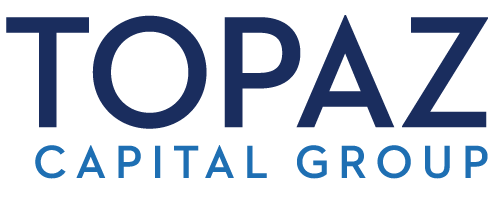BAY HARBOR ISLANDS, FLORIDA, USA, June 4, 2024 /EINPresswire.com/ — Evolving Landscape of the Multifamily Insurance Market
Explore the current and future outlook of the insurance and real estate market in the Southeast U.S. Identify trends, challenges, and opportunities for policyholders and commercial real estate (CRE) investors. Multifamily operating costs have gone up, especially insurance costs. Recent reforms have changed the insurance landscape in the Southeast, providing growth opportunities for real estate investors. Understanding these reforms is crucial for informed decision-making in the real estate sector.
Regulatory Landscape and Impact on the Insurance Market
The insurance market in the Southeast, shaped by varying state regulations, has undergone significant changes, particularly in Florida, leading to greater stability and confidence. These reforms aim to address systemic issues, potentially affecting insurance coverage and claims processes for real estate owners. Recent data shows a rise in reinsurance purchases by insurers in the Southeast, emphasizing the need for proactive risk management and indicating efforts to bolster financial resilience. A flourishing reinsurance market not only strengthens insurers’ financial health but also improves the overall stability of the insurance market, potentially benefiting coverage options and claims processes for real estate properties.
Impact on Commercial Multifamily Landlords
Apartment owners face high insurance costs, with premiums for multifamily properties rising faster than other real estate sectors due to insurers’ losses from hurricane- and hail-related property damage and increased liability claims. Insurers are leaving the market or raising rates and targeting the best-performing properties. High insurance premiums reduce net operating income, damaging valuations and returns, necessitating firm insurance quotes during financial underwriting to prevent delays that could disadvantage acquisitions.
Positive Trends in the Insurance Landscape: Implications for Companies, Policyholders, and Real Estate Owners
The successful performance of the reinsurance market has strengthened the position of insurance companies in the Southeast, directly benefiting policyholders and investors. Policyholders can expect increased stability and potentially more competitive premiums, as insurers improve their financial health, providing better claim handling and expanded coverage options. Real estate owners may also gain from a more resilient insurance market, with the potential for new entrants and increased competition leading to favorable terms and coverage options. Additionally, the reduced occurrence of hurricanes in Florida has contributed to a positive shift, with insurers reporting net income, contrasting with significant losses in previous years. These developments hold substantial implications for insurance companies, policyholders, and real estate owners in the Southeast.
2024 Outlook and Emerging Opportunities
The insurance market in the Southeast offers real estate investors promising opportunities for enhanced stability and coverage options, despite challenges like extreme weather events impacting premiums. The property insurance industry is evolving due to frequent natural disasters, leading to rising premiums and coverage loss. Lenders are now emphasizing property resilience assessments to facilitate deals, considering climate data and building-specific attributes to assess risk. This data helps borrowers reduce premiums and secure insurance for challenging properties. Extreme weather and private capital influx are reshaping the insurance landscape, potentially leaving high-risk regions underserved. This presents a strategic opportunity for real estate investors in areas like bulk condo sales to capitalize on market shifts and benefit from favorable terms.
Key Takeaways
Recent regulatory reforms in the Southeast, particularly in Florida, have reshaped the insurance landscape, fostering stability, while multifamily landlords face significant insurance rate hikes. Despite these challenges, positive trends in insurance offer opportunities for real estate investors, providing stability and competitive premiums. The recent lull in hurricanes in Florida has potentially benefited policyholders and real estate owners, although market unpredictability persists. Emerging opportunities, like property resilience assessments, allow investors to mitigate risks. Additionally, the potential for bulk condo sales presents opportunities for real estate investors to acquire distressed properties.




